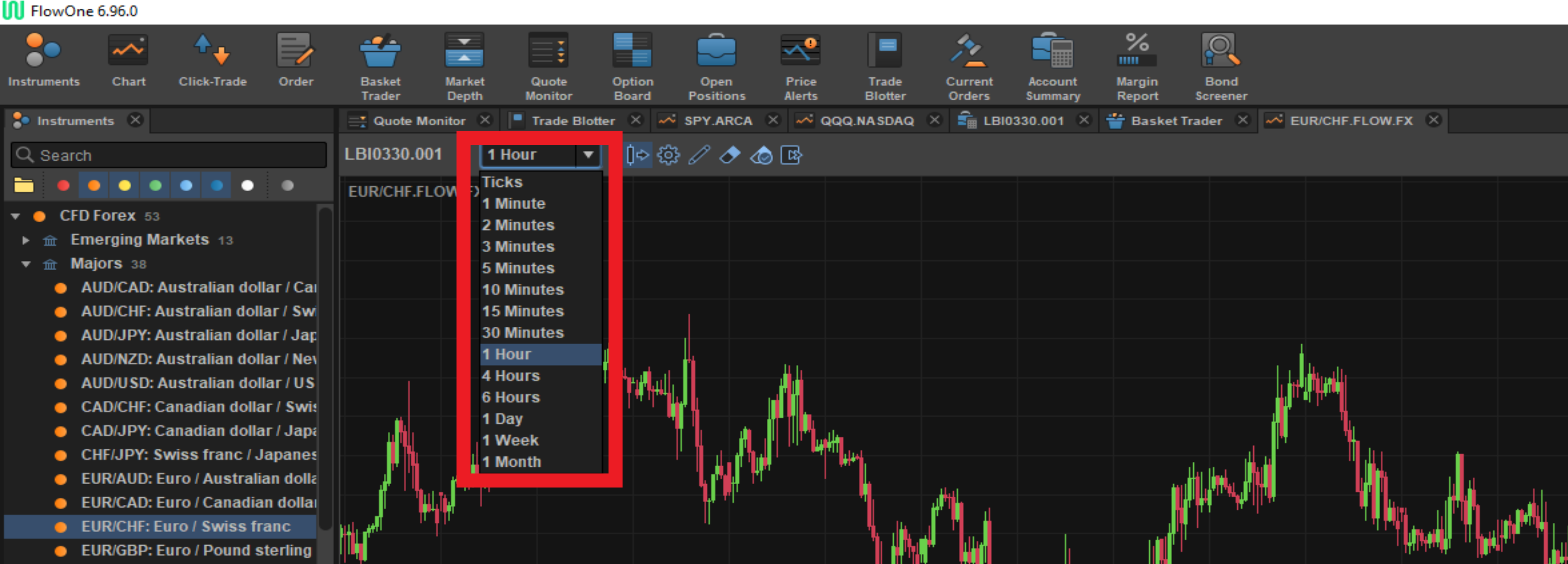
Before you decide to use a particular bond investing strategy, make sure you understand its risks as well as benefits. This article will concentrate on the Risk of Interest Rate and reinvestment and Tax efficiencies. These strategies will help you avoid most common pitfalls, maximize your return, and minimize risk. For more information, please read on. For beginners, the following strategies are suggested. If you have a specific goal you can combine many strategies into a single portfolio.
Interest rate risk
When investing with bonds, investors should be familiar with the risks associated interest rate risk. Bonds can be considered a safe investment. However, like stocks they are subject to changes in the interest rate. The price of a 10-year Treasury will drop by 15% if interest rates rise by 2% tomorrow. The price of a 30-year Treasury will drop 26% if interest rates rise by 2% today.

Reinvestment risk
Reinvestment risks are a major financial risk for investors when they invest in bonds. Reinvestment risk occurs when an issuer calls a bond before it matures and issues a new one with a lower coupon. A holder of a 10-year bond would receive its principal back, but will need to find other investment options. Reinvestment Risk is most prevalent in bond investing. However, it can be applied to any type investment that generates cashflows.
Tax efficiencies
Diverse asset classes are a great way to diversify your retirement portfolio. The lower your interest rate, the better your investments will be in tax terms. Tax rates for short-term bonds are lower than those for longer-term bonds, while high-quality bonds can also be tax-efficient. Asset location decisions can be made based on tax efficiency. Here are some common tax shelters that bonds use. These are important considerations to consider when selecting investment funds.
Ladder strategy
The Ladder strategy for bond investing is a good way to diversify your portfolio. Using staggered maturities allows you to take advantage of the current interest rate environment while also reducing the cash flow impacts of credit risk. Bonds at different levels in the ladder also offer differing degrees of credit risk and are ideal for investors who want a predictable flow of income. In order to use this strategy effectively, ensure that the bonds purchased do not include call features. Otherwise, they will not earn interest.

Cash flow matching
Cash flow matching is an investment strategy. This strategy involves a client selecting bonds of a specific face value, and holding them until maturity to generate cash inflows to pay future liabilities. But, this strategy requires a long term financial plan. This strategy can be implemented by consulting an advisor who will help you create a plan that is tailored to your risk tolerance and goals. If you are interested in learning more, read on.
FAQ
How are securities traded
The stock market lets investors purchase shares of companies for cash. Investors can purchase shares of companies to raise capital. When investors decide to reap the benefits of owning company assets, they sell the shares back to them.
Supply and Demand determine the price at which stocks trade in open market. The price rises if there is less demand than buyers. If there are more buyers than seller, the prices fall.
You can trade stocks in one of two ways.
-
Directly from your company
-
Through a broker
What is the difference in marketable and non-marketable securities
The differences between non-marketable and marketable securities include lower liquidity, trading volumes, higher transaction costs, and lower trading volume. Marketable securities on the other side are traded on exchanges so they have greater liquidity as well as trading volume. Because they trade 24/7, they offer better price discovery and liquidity. However, there are many exceptions to this rule. There are exceptions to this rule, such as mutual funds that are only available for institutional investors and do not trade on public exchanges.
Non-marketable securities can be more risky that marketable securities. They generally have lower yields, and require greater initial capital deposits. Marketable securities are typically safer and easier to handle than nonmarketable ones.
A bond issued by large corporations has a higher likelihood of being repaid than one issued by small businesses. The reason is that the former will likely have a strong financial position, while the latter may not.
Because they are able to earn greater portfolio returns, investment firms prefer to hold marketable security.
Are bonds tradable?
Yes, they are. Like shares, bonds can be traded on stock exchanges. They have been for many, many years.
You cannot purchase a bond directly through an issuer. A broker must buy them for you.
Because there are fewer intermediaries involved, it makes buying bonds much simpler. This also means that if you want to sell a bond, you must find someone willing to buy it from you.
There are many kinds of bonds. While some bonds pay interest at regular intervals, others do not.
Some pay quarterly, while others pay interest each year. These differences allow bonds to be easily compared.
Bonds can be very helpful when you are looking to invest your money. In other words, PS10,000 could be invested in a savings account to earn 0.75% annually. If you were to invest the same amount in a 10-year Government Bond, you would get 12.5% interest every year.
If all of these investments were accumulated into a portfolio then the total return over ten year would be higher with the bond investment.
What is a fund mutual?
Mutual funds consist of pools of money investing in securities. They provide diversification so that all types of investments are represented in the pool. This helps reduce risk.
Professional managers manage mutual funds and make investment decisions. Some funds offer investors the ability to manage their own portfolios.
Because they are less complicated and more risky, mutual funds are preferred to individual stocks.
Statistics
- Our focus on Main Street investors reflects the fact that American households own $38 trillion worth of equities, more than 59 percent of the U.S. equity market either directly or indirectly through mutual funds, retirement accounts, and other investments. (sec.gov)
- Ratchet down that 10% if you don't yet have a healthy emergency fund and 10% to 15% of your income funneled into a retirement savings account. (nerdwallet.com)
- US resident who opens a new IBKR Pro individual or joint account receives a 0.25% rate reduction on margin loans. (nerdwallet.com)
- Even if you find talent for trading stocks, allocating more than 10% of your portfolio to an individual stock can expose your savings to too much volatility. (nerdwallet.com)
External Links
How To
How to create a trading plan
A trading plan helps you manage your money effectively. It will help you determine how much money is available and your goals.
Before setting up a trading plan, you should consider what you want to achieve. You may wish to save money, earn interest, or spend less. If you're saving money you might choose to invest in bonds and shares. If you earn interest, you can put it in a savings account or get a house. And if you want to spend less, perhaps you'd like to go on holiday or buy yourself something nice.
Once you have a clear idea of what you want with your money, it's time to determine how much you need to start. This depends on where your home is and whether you have loans or other debts. It is also important to calculate how much you earn each week (or month). Your income is the amount you earn after taxes.
Next, save enough money for your expenses. These expenses include bills, rent and food as well as travel costs. These expenses add up to your monthly total.
Finally, figure out what amount you have left over at month's end. This is your net discretionary income.
Now you know how to best use your money.
To get started with a basic trading strategy, you can download one from the Internet. Or ask someone who knows about investing to show you how to build one.
Here's an example of a simple Excel spreadsheet that you can open in Microsoft Excel.
This displays all your income and expenditures up to now. It includes your current bank account balance and your investment portfolio.
And here's another example. This was created by an accountant.
It shows you how to calculate the amount of risk you can afford to take.
Do not try to predict the future. Instead, put your focus on the present and how you can use it wisely.